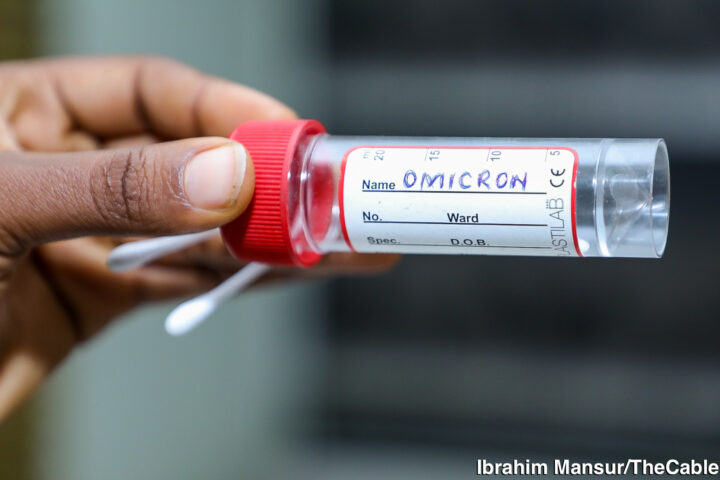The Omicron COVID variant was first discovered in South Africa in November 2021 and was subsequently classified as a variant of concern by the World Health Organisation (WHO).
According to the WHO, Omicron has four subvariants — BA.1, BA.1.1, BA.2 and BA.3 — with BA.1 accounting for the vast majority of Omicron cases.
As the highly transmissible COVID-19 variant continues to spread rapidly around the world, the BA.2 sub-variant is spreading at an alarming rate.
The strain is therefore being closely watched in countries where it has become dominant.
Advertisement
Here are five things to know about the Omicron BA.2 sub-variant.
Where has it been detected?
According to the WHO, the variant has been detected in at least 57 countries as of January 31. The global health body said the prevalence of BA.2 among sequenced Omicron cases globally has been steadily increasing, reaching 21.09 percent in the fifth week of 2022.
Advertisement
As of February 14, a predominance of BA.2 was said to have been reported in 10 countries — Bangladesh, Brunei Darussalam, China, Denmark, Guam, India, Montenegro, Nepal, Pakistan, and the Philippines.
Some other countries that have detected cases of the sub-variant include South Africa, the United Kingdom and the United States.
Is it more transmissible than other variants?
Early evidence from limited studies suggests BA.2 is more transmissible when compared to BA.1. In the same vein, estimates of growth rates in Denmark indicate that BA.2 is 30 percent more transmissible than BA.1.
Advertisement
The reports said unvaccinated individuals transmit BA.2 infection considerably more than BA.1-infected individuals, but the same pattern was not observed in vaccinated individuals.
Among vaccinated individuals, the possibility of transmitting BA.2 is said to be slightly lower than BA.1. This means that individuals who have been vaccinated are generally less likely to transmit BA.2.
Are current vaccines effective against it?
Results from a household transmission study conducted in Denmark found BA.2 to be associated with increased susceptibility of infection for fully vaccinated individuals and booster-vaccinated individuals.
Advertisement
The study concluded that Omicron BA.2 possesses immune-evasive properties that further reduce the protective effect of vaccination against infection.
Does it cause a more severe illness?
Advertisement
Presently, there is limited evidence on the scale of the severity of the BA.2 Omicron variant.
However, analysis conducted in Denmark showed no difference in risk of hospitalisation between those infected with BA.2 and those infected with BA.1, although with BA.2 becoming the dominant variant, there has been a recent rise in the number of hospitalisations and deaths in the European country.
Advertisement
Overall, there is no difference in severity when looking at countries where BA.2 is dominant and those where BA.1 is dominant.
Can it be detected with available testing methods?
Advertisement
The BA.2 Omicron variant has been dubbed as the “stealth variant” because, in contrast to the Omicron sub-variant BA.1, it lacks a genetic deletion on the spike protein – part of the virus that enters human cells – making it harder to track using polymerase chain reaction (PCR) testing.
But following the analysis of publicly available sequences, several antigens, antibody, and PCR tests were found to perform equally well in detecting COVID-19 infections caused by BA.1 and BA.2.
Add a comment






